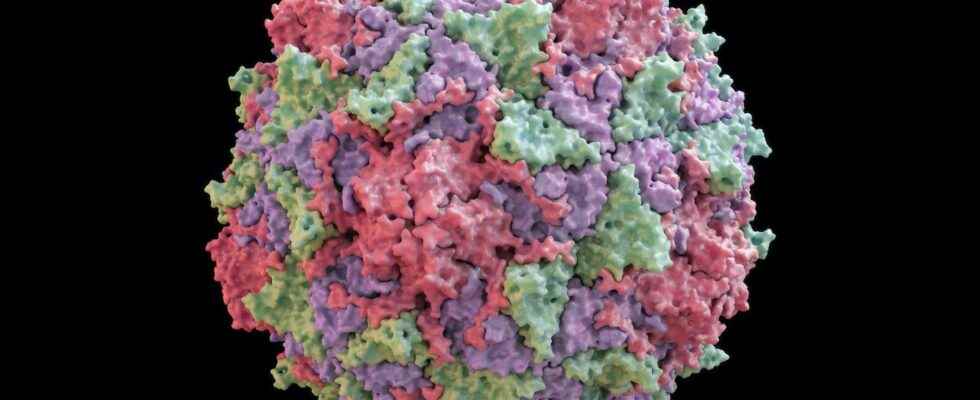A poliomyelitis virus, a disease eradicated since 1999, was identified several times in the sewers of a district in north-east London between February and June 2022. The strain, which derives from the vaccine, is the subject of all the attentions of the WHO and the English health authorities. Is there a risk of poliomyelitis making a comeback?
You will also be interested
[EN VIDÉO] Leishmaniasis, an emerging and formidable disease Leishmaniasis is an infectious disease transmitted by sandflies, flies that feed on blood. Once declared, it causes sometimes fatal cutaneous or visceral affections. Gérald Spaeth, Research Director of the Molecular Parasitology and Signaling Unit at the Institut Pasteur tells us more during this interview.
London’s sewers contain traces of a disease that has been eradicated from most countries in the world, the poliomyelitis. On June 22, 2022, British health authorities, the UK Heath Security Agency (UKHSA), announced that they had identified and isolated a type 2 poliovirus from water treated by the sewage treatment plant in Beckton, a district in north-east London.
It is not one of the “wild” strains of poliovirus, those that have been eradicated through a global campaign of vaccination (the PV1 strain is the only one still in circulation in Afghanistan and Pakistan), but a strain which derives from that used to manufacture said vaccine. We are talking about a poliovirus derived from a vaccine strain, or VDPV. In this case, it is specifically a poliovirus derived from the poliovirus type 2 strain, or VDPV2.
A poliovirus isolated several times
This is not the first time that health authorities have identified a VDPV in waste. Sometimes people are vaccinated against poliomyelitis abroad and then return to England. The faeces of vaccinated people contain some virus that ends up in the sewers. ” As part of routine surveillance, it is normal for 1 to 3 polioviruses “vaccine-like” are detected each year in wastewater samples in the UK, but these are still one-time finds that have subsequently gone undetected “, Explain UKHSA in its press release.
What is abnormal here is that the virus was isolated twice, once in February 2022 and a second time in May 2022, at the Beckton site. Alerted, WHO also shared information. According to her, the strain identified today has a link phylogenetic with that collected in February and May 2022.
The return of poliomyelitis?
This detection worries the health authorities because it could be the sign of the transmission of the poliovirus between close individuals in the district of Beckton. So far, the virus has only been detected in environmental samples. No human samples have tested positive for this virus and no paralysis — symptom typical of poliomyelitis — was identified. L’WHO specifies that the criteria necessary to certify the effective circulation of the poliovirus have not been met to date.
The vast majority of people in England, and around the world, are vaccinated against poliomyelitis, so there is little risk of the disease coming back. UKSHA scientists consider the risk to public health to be very low, but still advise parents to check their children’s health records, as the vaccination coverage tends to be lower in the latter.
Interested in what you just read?
